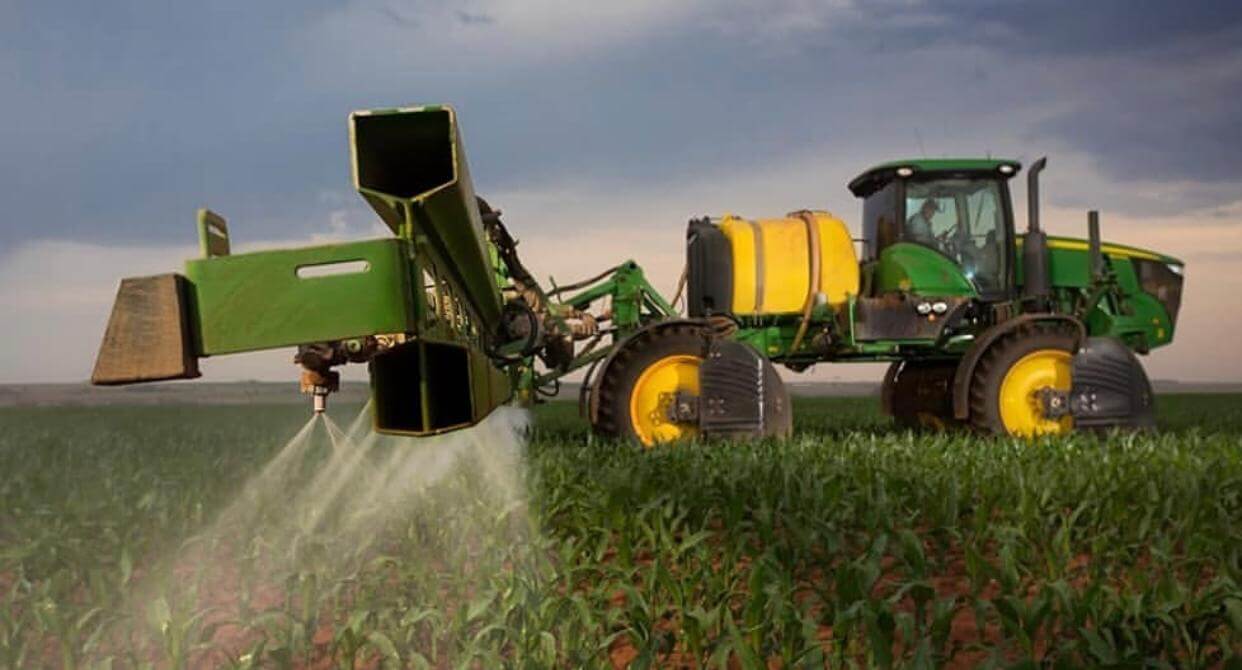The effects of weed resistance can be disastrous if not managed properly and can affect your yield potential significantly. Herbicide resistance takes place when a weed plant is able to survive and reproduce after a herbicide application while under normal conditions, other weed plants from the same species are susceptible. The build-up of herbicide resistance is a lengthy process which can, in many cases, only be spotted after a while. By understanding the process of herbicide resistance, a sound resistance management strategy can be generated, to curb the rapid development of weed resistance in your fields before it becomes a major threat to your farming practice.
The first critical step in any successful herbicide resistance management strategy, is to keep weed numbers as low as possible. Organisms within weed plants can undergo slight mutations. These genetic mutations can be beneficial, harmful or have no effect on the plant. Weed resistance to herbicides develop naturally when the enzyme targeted by the herbicide undergoes a mutation. Mutations can also affect other processes in the weed plant which may result in a reduction of uptake or translocation etc. This ultimately reduces the plant’s exposure to the herbicide. Should a herbicide be applied, these plants will survive while the rest of the normal population of the same species will be killed.
As these individual weed plants have limited competition, they are able to produce more seed which causes the resistant plant to multiply rapidly. This is only noticed over a long period of time, when farmers start to see a decline in the effectiveness of his/her weed control practices. Within the 3-5th year, the field will be dominated by weeds that are completely resistant to herbicides. Therefore, a reduction in the number of weed plants in your fields, will limit the chances of having one weed plant that becomes resistant.

Another factor impacting weed resistance significantly, is the prolonged use of the same herbicide or various herbicides with similar modes of action. When a specific herbicide is used frequently, the amount of pressure placed on the weed population increases which also heightens the possibility of certain weeds becoming resistant. By using alternative modes of action, different selection pressures are placed on weed populations which reduces the risk of selecting resistant weeds.
A practical way to combat herbicide resistance, is to physically remove the weed plants before they set seed. Resistance is genetically based as the genes are carried in the seed itself. Therefore, seed management must enjoy priority.
Another effective weed management system that will help prevent herbicide resistance, is to combine mechanical control with chemical control. Once chemical control has been implemented, the weeds that survived can be removed mechanically. This ensures a double layer of prevention. A formulated product that already contain different active ingredients with different modes of action can also be used for effective weed control.
With an extensive crop production, effective weed control becomes a major challenge. The key is to be precise, to minimise your weed numbers and to implement weed resistance management strategies that will protect your fields from herbicide resistance.
Sources:
Andreu Taberner Palou, Alicia Cirujeda Ranzenberger and Carlos Zaragoza Larios. 2008. Management of Herbicide-Resistant Weed Populations. Link: http://www.fao.org/fileadmin/templates/agphome/documents/Biodiversity-pollination/Weeds/Docs/ResistEnglish.pdf
ANR Publication. Selection pressure, Shifting Populations, and Herbicide Resistance and Tolerance. University of California. Link: https://escholarship.org/uc/item/99d0n2mj